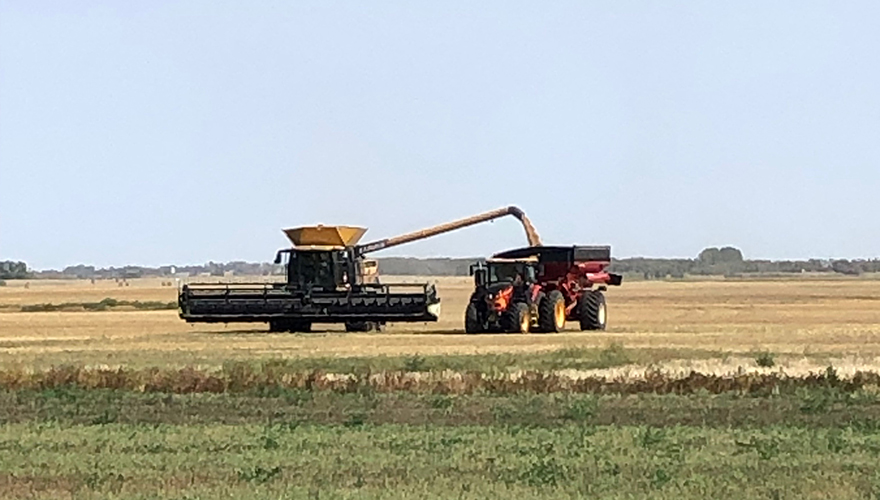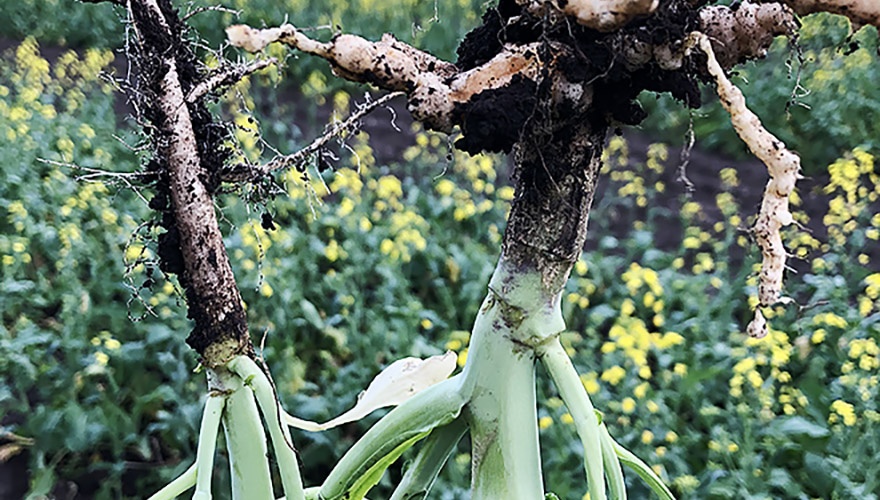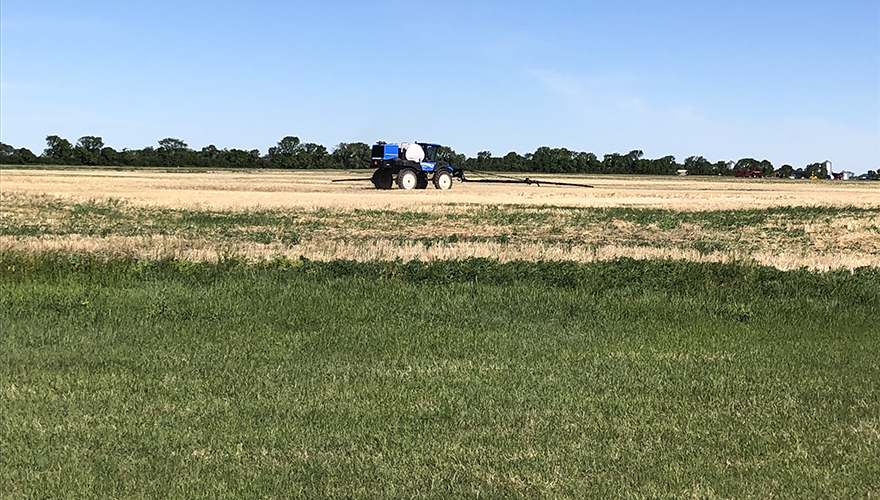Posted March 04, 2020 | By: Brianna Lummerding
Adding A New Crop On Your Farm
Farming operations are becoming more diverse with increased interest in adding new crop types into rotations. Adding a new crop type may be as simple as adding a different cereal crop or may be as diverse as adding soybeans, coriander, caraway, hemp or quinoa. Adding new crop types on the farm can provide different market opportunities and improved soil and crop health.
Why should we become more diverse? As rotations continue to get tighter, this puts the crops at higher risk for disease and insect pressure. Positive yield gains are seen when we provide a break in continual cropping to slow the cycle of certain disease and insect pressures. Many impactful crop diseases reside in the soil and some can last in the soil for up to 20 years. Rotating out of a host crop for at least two growing seasons can begin to reduce disease pressures in the soil. This is especially important as we deal with increasing clubroot pressure in canola and root rots in pulses. Diverse crop types can introduce different rooting systems and above ground material composition to the soil. Alternating plant types can provide benefits to soil health including building organic matter and moisture conservation and drainage.
What things should you consider if trying a new crop type? Consider what would best fit the soil and climatic region your land is in. Carefully examine the crops suitability to your soil type, the amount of heat units and average precipitation your area receives. Also, consider whether effective weed and harvest management is possible in your area for that crop type. Crops such as quinoa tend to grow best in the northern half of the Prairie provinces as too much heat in the south can cause failed flowering. Some varieties of corn and soybeans require more total heat units and do better in the southern areas of the Prairies. Also consider the end use market and marketability. Many of the specialty crops require a closed loop contract.
Growing new crops requires significant planning. It’s not a simple decision but considering major disease threats with current crops, it is one we should regularly examine.
FEATURED LINKS
NEWSLETTER
Want to stay caught up in all things agriculture? Sign up for the newsletter and get all the latest news straight to your inbox.
Get The Most Out Of Your Crop Input Dollar With Soil Testing
Posted March 12, 2020





